In the previous text, I discussed the challenge of large databases for the human resources function, in which I touched on the topic of software solutions and their personalization as a very important tool for the function.
Software solutions, in addition to playing a very important role in collecting and processing data related to employees, are especially important today both for the human resources function and for the overall success of an organization.
Need for redefining the human resources role
Before we move on to human resources software solutions, we will briefly review the need to redefine the role of the human resources function — a role that is actually the driver and defines the software solution.
The future role of human resources can easily be defined if we look at the challenges that every organization faces today:
- Creating an organizational culture that keeps employees engaged
- Development of future leaders
- Attracting and retaining the right talents
- Optimization of work results and team development
Key directions arising from these challenges:
- How to improve productivity and profitability – increase revenue per employee
- How to remain agile in times of changing business demands – creating a highly competent workforce
- How to identify future leaders and develop their potential
- How to retain key employees and reduce turnover
This is where the direction in which human resources should move comes from.
Personnel administration and payroll remain important areas, but these processes must be optimized and debureaucratized, so that professionals can focus on the real challenge — talent management.
By creating appropriate talent management processes, human resources professionals can turn these challenges into favorable opportunities for their organizations.
Need for an integrated approach to talent management
Recently, we have witnessed that talent management disciplines — selection and recruitment, learning and development, performance measurement and quality — are becoming increasingly specialized and sophisticated.
But with this specialization, human resources are often divided into isolated areas that function independently, without sufficient coordination.
Often in practice, the departments for selection and recruitment, learning and development, and performance measurement have their own agendas and goals that are not aligned with each other. Such a setup does not favor the human resources function, which needs an integrated and detailed overview of the workforce — an overview that will be the basis for decision-making.
To develop such an overview, it is necessary to integrate all software solutions used in different human resources disciplines into one system that combines all information in one place.
Advantages of integration
Practice shows that human resources usually use different solutions to optimize processes and improve data accuracy. However, if these systems are not integrated, HR can hardly get a complete insight into the workforce and thus will find it harder to respond to modern challenges.
Integrated platforms and their role
With the rapid development of information technologies, today there are integrated software solutions for human resources that, through one unified platform, support a wide spectrum of processes: strategic planning and talent management, selection and recruitment, performance and quality management, learning and development, succession planning, compensation and benefits, time management, etc.
With such an integrated platform, all human resources processes function with the same, consistent information and a standard view of each employee.
The idea behind integrated platforms is to collect and connect data for the entire work cycle of an employee — from application, through onboarding and development, to evaluation and promotion. Integrated technology connects all these parts so HR professionals can determine how factors influence each other.
Benefits of integrated software solutions
- Human resources professionals can not only assess the quality of recruitment channels, but also analyze the quality and turnover of employees recruited through those channels.
- Information from onboarding new hires, combined with data from other processes, can define optimal types of training and help new employees integrate faster.
- Organizations can align individual employee goals with organizational goals and get a clear picture of individual contribution.
- Integrated solutions enable personalized training and development programs, rewards based on individual contribution, and better motivation.
- Employees gain insight into the criteria on which they are recruited and evaluated, which contributes to transparency and trust.
Why is this important?
The integrated approach enables HR professionals to truly understand the workforce — its skills, abilities, and behaviors — and to identify those that are key to achieving the organization’s strategic goals.
Additionally, managers from other areas get tools that help them make decisions and manage employees on a daily basis.
Integrated software solutions in human resources bring greater efficiency — both for HR departments and for information technology departments.
With information shared in a single system, repetitive data entry is eliminated, which means fewer errors and time savings. From an IT perspective, these solutions require less specialized knowledge compared to multiple separate systems.
Such efficiency and cost savings are imperative for every organization today.





